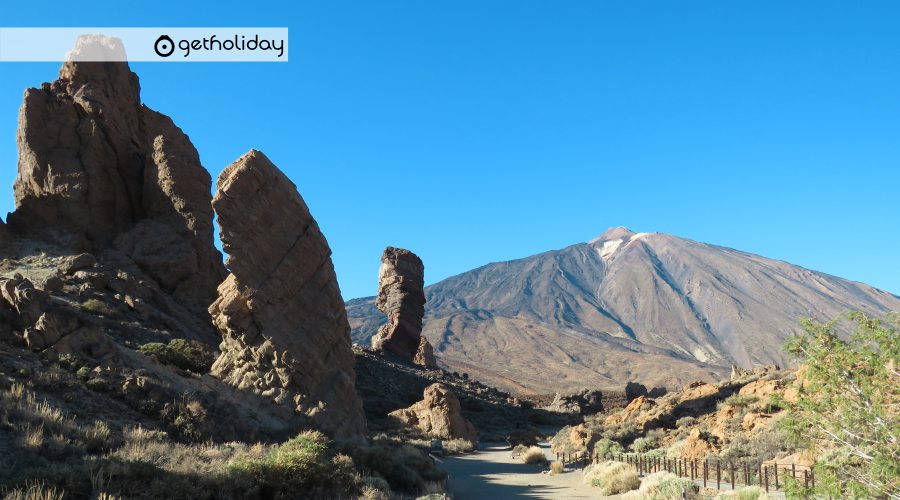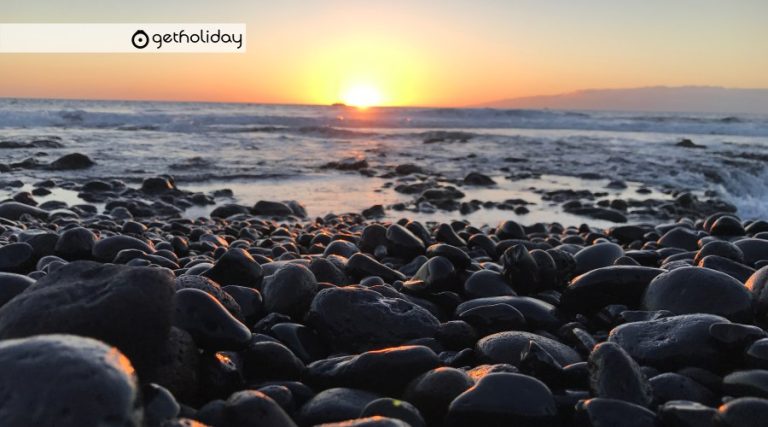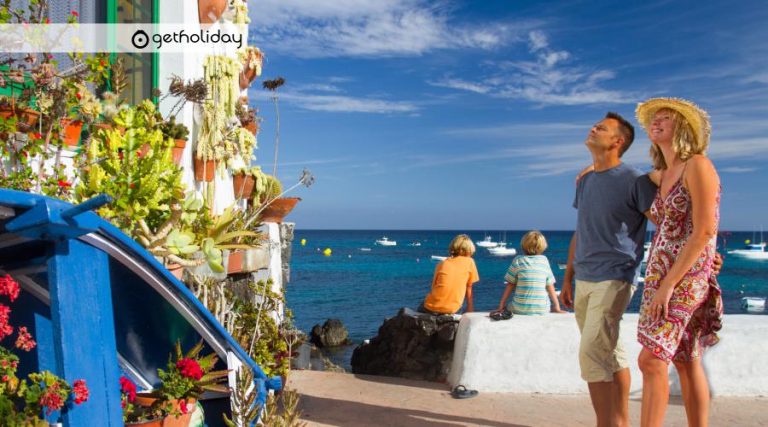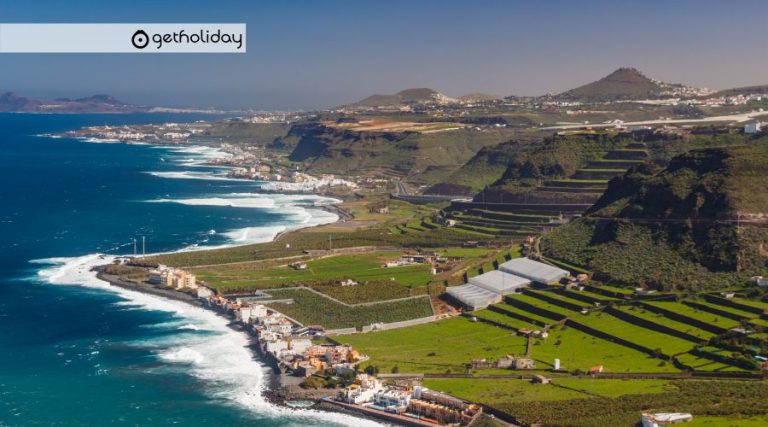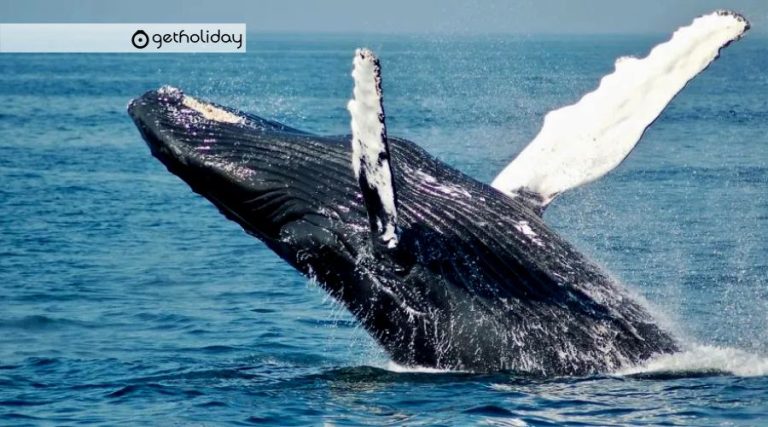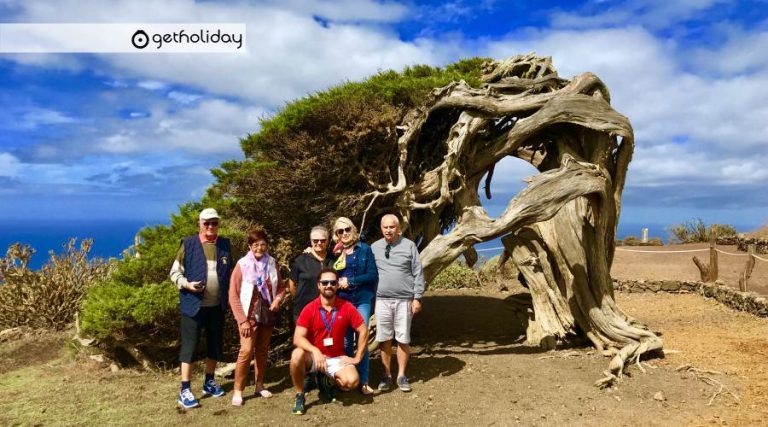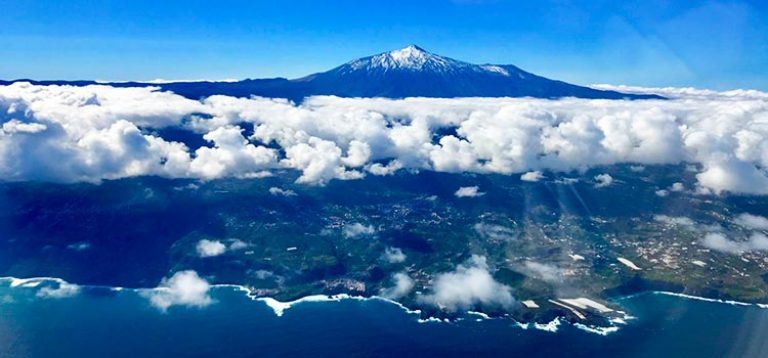Mount Teide: height, fauna, flora and curiosities
Tenerife occupies a central position in the Canary archipelago. With its 2036 km it is the largest of the islands and also the most visited (8.4 million tourists in 2019). It is triangular in shape where at its northeast end it extends to form the Anaga Peninsula.
Its current form, caused by constant volcanic eruptions, is characterized by the Teno, Anaga and Adeje massifs where the Las Cañadas del Teide caldera dominates with the Teide-Pico Viejo volcanic edifice.
The entire archipelago arose from the bottom of the ocean at a depth of more than 3,000 meters from volcanic eruptions that took place over tens of millions of years and gave rise to the formation of the Canary Islands. Obviously, the islands were not all created at the same time, but at different times. The first was Fuerteventura and the last was the island of El Hierro, which is only two million years old.
One of the most emblematic places, or rather the most emblematic, that you cannot miss is the Teide National Park .
The park covers an area of 18,990 hectares and occupies a central position on the island, being integrated almost entirely into the enormous caldera of Las Cañadas del Teide. It was founded in 1954 and is the largest and oldest National Park in the Canary Islands.
In 1989 it received the European Diploma from the European Council and on June 27, 2007 it was also declared a World Heritage Site by UNESCO.
It is a High Mountain National Park where its height varies between 1,650 and 3,715 meters.
In 2018 it was the most visited National Park in the world with more than 4,000,000 tourists.
After this brief introduction, we move to the foothills of the Teide volcano, the third highest and most voluminous mountain on the planet as well as the highest in the Canary archipelago and in all of Spain.
Mount Teide
It is 3,715 meters above sea level, but its base is more than 3,000 meters deep. From a geological point of view, scholars consider it an extraordinary stratovolcano, a true volcanology laboratory in the middle of the Atlantic Ocean.
Naturalists such as Leopold Von Buch, Charles Lyell or Alexander Von Humboldt created the foundations of modern geology and volcanology thanks to this fabulous volcano.
It was venerated by the aborigines of the island who called it “Echeyde”, which means “home of Guayota, the Evil One”. According to legend, Guayota kidnapped the Sun God Magec and took him to Mount Teide.
At that moment darkness invaded the island and the Guanches asked for help from “Achamán”, their “supreme celestial being” who managed to defeat Guayota, get the Sun out of his captivity and cover Echeyde’s mouth.
It is said that the huge rock used by Achamán “Pan de Azúcar” is the last volcanic cone that crowns Mount Teide.
The flora, the fauna, the geological characteristics and the particularity of the climate are a true treasure in the archipelago and have had an important influence on the creation of 4 national parks with a total of 163 protected areas. Just think that the archipelago has more than 1,700 enumerated plants, of which 20 genera and 500 species are endemic. These very high figures say that more than 29% of the plants are exclusive to these islands, which makes them one of the areas with the greatest floristic wealth on planet earth.
Within the Teide National Park, 139 plants have been catalogued, of which 50 live solely and exclusively within its limits, such as the Teide Broom “Spartocytisus supranubius” and the red Tajinaste “Echium Wilpretii”.
Visiting the Park is like being on another planet thanks to its strange volcanic landscapes and plants that you won’t see anywhere else in the world!
Wildlife on Teide
Returning to the fauna we find so many interesting animal species.
Most are insects and arachnids (spiders), as well as small mammals, birds, and reptiles. The species that we find ourselves in such a difficult environment for survival have been cataloged by the University of La Laguna and are 1052.
The most diverse class is made up of spiders and insects of which over 70% are endemic to the National Park!
Surviving in this harsh environment is not impossible. In 2016 the recorded temperature was -25 degrees at the top of Teide and 42 degrees during the summer of the same year. Although temperatures vary a lot between day and night and between summer and winter, it is common to observe:
- Birds of prey such as the falco tinnunculus and the fringilla teydea, symbols of the island.
- Rabbits “Oryctolagus caniculus”
- Lizards such as the black lizard “gallotia galloti” which owes its name to its very dark color. These lizards, which are not afraid to approach humans in order to get something to eat, can be found almost everywhere in the period from spring to September.
Better plans
You will surely be amazed by the hundreds of lava flows of different colors that create landscapes of other planets. Teide National Park is a unique place to live dream experiences where we are ready to accompany you!
Here are some suggestions:
- Mount Teide Sunset. An excursion of approximately 4 hours where, in addition to visiting the highlights of the National Park, we will make a stop to enjoy a spectacular sunset at 2000 meters above the sea of clouds.
- Teide peak . For lovers of extreme experiences, with a duration of about 6 hours we will reach the summit of Teide (taking the cable car) where once at the top we will enjoy a spectacular view of the archipelago on days of greater visibility.
However, the park is just one of Tenerife’s many attractions.
Through our Tenerife VIP Tour , the most classic of the excursions and I would even say the most complete, we will take you to discover this beautiful island!
In addition to the National Park, the tour also includes areas that you can choose directly with the help of a licensed guide.
We will be happy to accompany you on your adventure!

